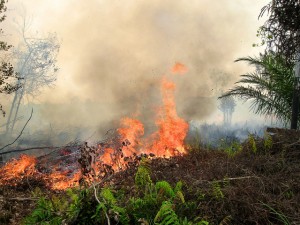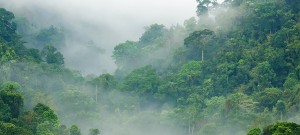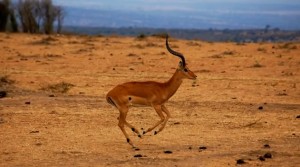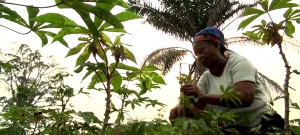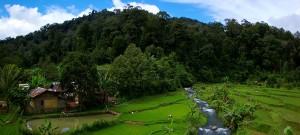Forest Week
Papua forest communities offer new perspective on climate change
Local knowledge in Indonesia is filling crucial gaps in data for climate scientists
Can we break the REDD+ stalemate?
Accelerating the pace of REDD+ negotiations would send strong signals that the world is serious about addressing climate change, say CIFOR scientists.
Emission reduction policies must be based on accurate carbon measurements
Understanding how much carbon is stored and released from trees remains on of the biggest technical challenges for REDD+, say scientists.
Nitrous oxide and methane: the forgotten gases in the forests and climate change debate
Deforested land used to grow palm oil, soya bean and other crops releases huge levels nitrous oxide and methane into the atmosphere
VIDEO: Why it’s time time to protect biodiversity – nature’s safety net
Terry Sunderland from the Center for International Forestry Research (CIFOR) explains the relationship between biodiversity and climate change.
Second generation of biofuels could give forests a break
Biofuels have been charged with devastating large tracts of forested land – but their successors could change that perception for good
Agricultural expansion: an “either or more” factor in deforestation
Growing global demand for beef and edible oils have bumped arable land under cultivation to a 532 million hectares in recent decades.
Challenges mount for REDD+ as scheme prepares for implementation
How has REDD+, the UN’s project aimed at rewarding communities for protecting their forests and enhancing their carbon stock, developed since its inception in 2007?
Video: Saving the Congo Basin’s precious forests
Could a green belt around the village of Lukolela in the DRC help the local community adapt to climate change, while also bringing carbon reduction benefits?
Supermarkets in the sky – forests of the world in pictures
Rural communities depend on forests for food, medicine, water and a place to live. This photo gallery illustrates the variety of services rainforests in the Amazon and Congo provide
Five facts you may have forgotten about forests
Did you know that over a quarter of modern medicines come from tropical forest plants?
The role of forests in combating climate change
What are the main benefits of forests and how can they help deal with climate change?
